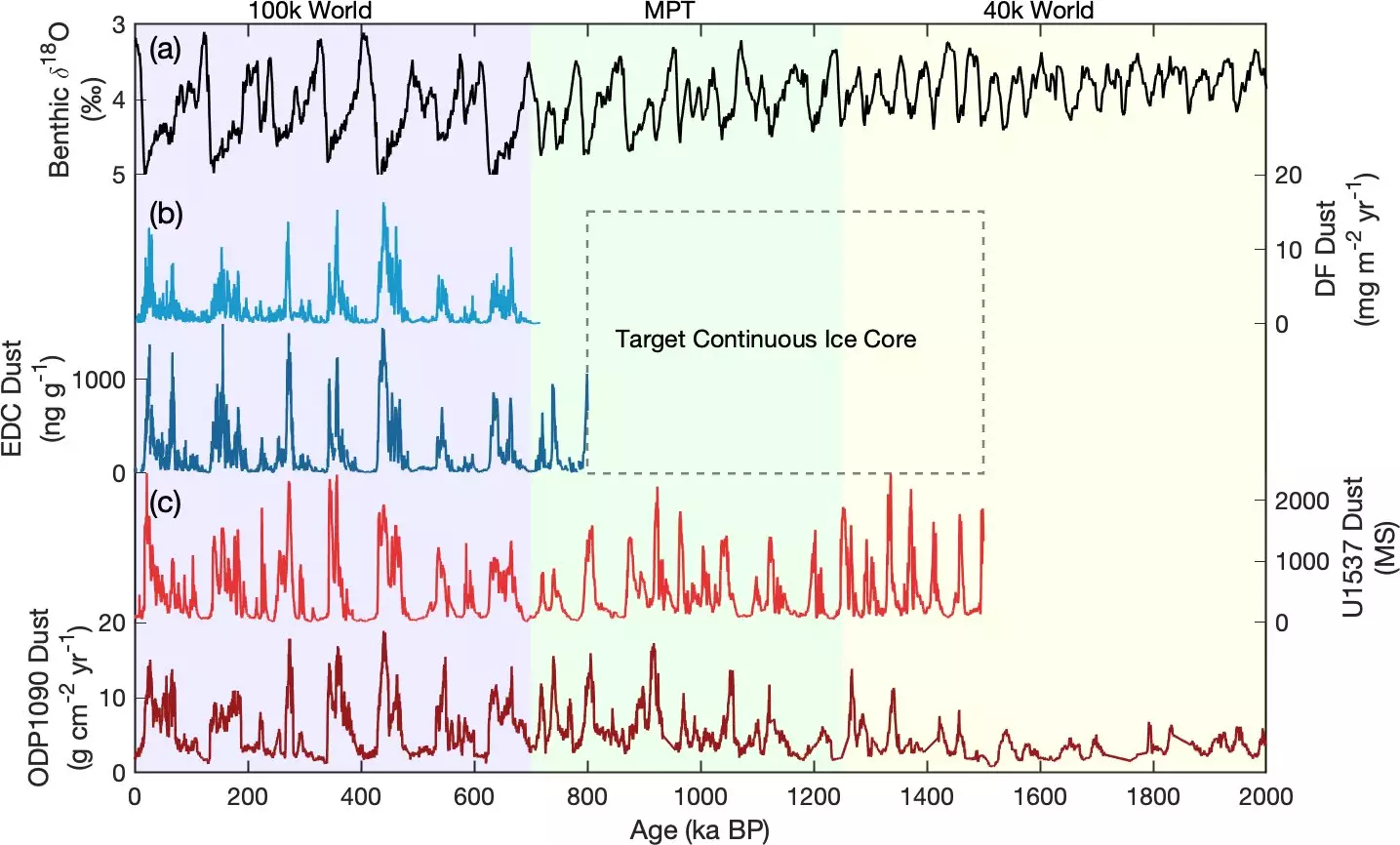Earth’s climate is a dynamic system that has undergone significant changes over the course of its approximately 4.5 billion-year history. These changes include various glacial and interglacial periods that have left a lasting imprint on the planet’s geology and biology. By examining ice cores, scientists can extract valuable data that reflects the climatic conditions of the past. Ice cores serve as natural archives, preserving not only the atmosphere’s ancient composition but also records of dust and particles that provide insights into different epochs.
Ice core samples are critical for understanding swaths of Earth’s climate history, as they contain layers of frozen precipitation that have accumulated over time. Each layer acts as a historical timestamp, allowing climatologists to reconstruct atmospheric conditions through the examination of their chemical composition and physical properties. Interestingly, higher levels of dust within these cores can signify periods of glaciation; as glacial periods set in, continental shelves become exposed, leading to greater aridity and wind activity that increases dust transport.
The scientific community has made substantial efforts to extend the timeline of ice core records. Currently, the oldest continuous ice record originates from Antarctica, specifically from the European Project for Ice Coring in Antarctica Dome C (EPICA Dome C), which spans 800,000 years. However, an international consortium of researchers aims to push this record back to 1.5 million years, thereby enhancing our understanding of Earth’s climatic cycles.
These cycles, characterized by glacial and interglacial alternations, exhibit a predictable pattern that varies throughout history. Prior to 1.2 million years ago, glacial cycles typically occurred every 41,000 years. However, shifts in the regularity and length of these cycles marked the mid-Pleistocene transition, leading to a new paradigm where cycles of around 100,000 years have become the norm since roughly 700,000 years ago.
Despite the value of these endeavors, researchers face numerous challenges. Glacial movements, coupled with changes in topography, can disrupt the stratigraphy of ice, complicating the reconstruction of historical records. Furthermore, basal melting poses a risk of erasing key elements of these climate archives. Consequently, extensive reconnaissance efforts are paramount to locate optimal drilling sites that could yield valuable ice core samples.
Emerging Discoveries and Comparative Analyses
Recent advancements in this field have highlighted potential drilling sites that could expand our understanding of Earth’s climate history. A noteworthy candidate is the International Ocean Discovery Program Site U1537, situated near South America. Researchers, including Dr. Jessica Ng from the Scripps Institution of Oceanography, have posited that the marine dust content found in this region correlates with ancient ice core samples, offering a promising avenue for establishing the age of old ice.
By comparing the marine dust characteristics from southern Atlantic Ocean cores and analyzing their chemical signatures, researchers seek to draw links between ice dust from Epica Dome C and the new samples. Through experimental methodologies that include the creation of artificial ice records, scientists have meticulously examined the correlation between dust influx and climatic conditions, emphasizing the importance of spatial variability in dust distribution across the southern hemisphere during glacial periods.
Ultimately, piecing together the story behind the mid-Pleistocene transition—why it occurred and its global implications—remains a crucial endeavor. Previous research has suggested that the process of regolith erosion and tectonic activity may have played significant roles in influencing glacial cycles. However, a comprehensive causal mechanism remains elusive, necessitating further exploration in this complex domain of climate science.
The ongoing research into ice cores does more than just unravel the historical narrative of Earth’s climate; it also has profound implications for understanding current environmental challenges. By correlating ancient climate cycles with present-day climate trends, scientists can better predict how shifts in planetary systems may impact ecosystems and human societies.
As modern climate change accelerates, understanding the Earth’s responses to past climate fluctuations will be vital in crafting effective mitigation strategies. The research highlights the intricate feedback mechanisms that have governed Earth’s climate throughout the ages. Thus, the commitment to extending ice core research not only contributes to our collective knowledge of the planet’s historical climate but also paves the way for informed decision-making in addressing contemporary climate challenges. Through these invaluable ice cores, we are not only uncovering the past but are also securing the future of our planet.

